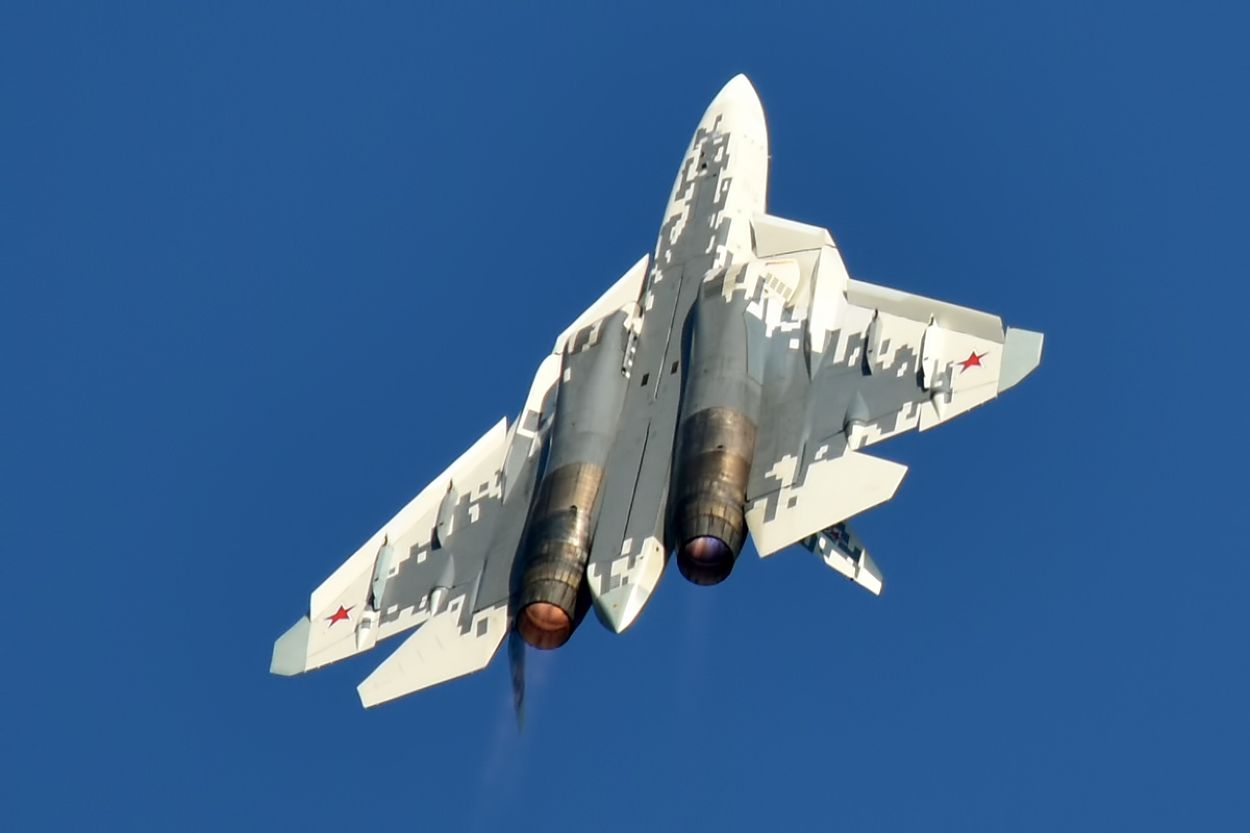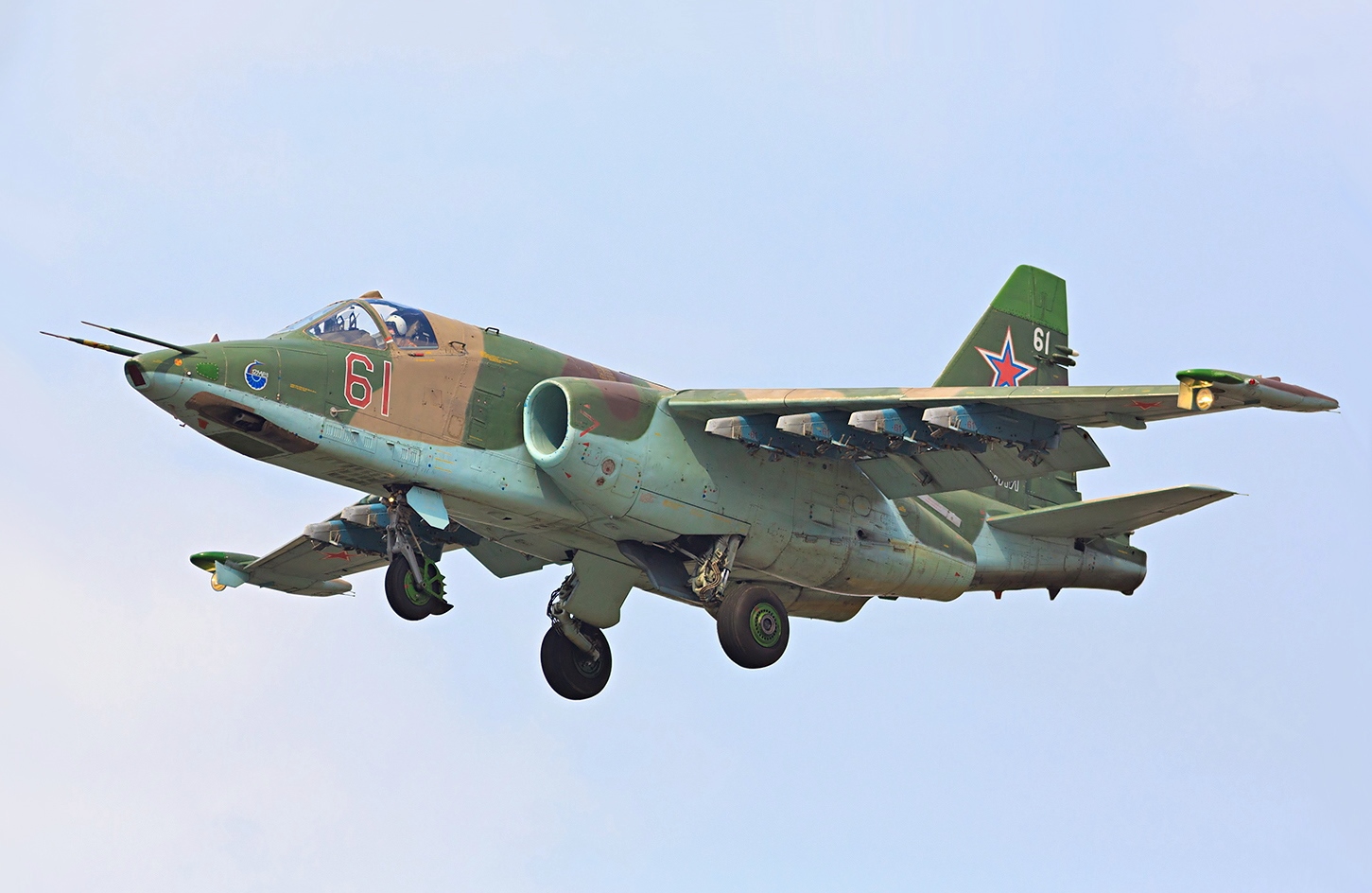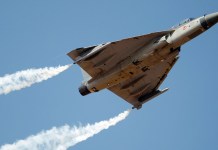In the initial stages of its invasion of Ukraine, Moscow shot down several of its own military aircraft, leading to a shortage of experienced pilots required for Russia to establish air superiority over Ukraine, The Financial Times recently reported.
Despite having a large fleet of fourth-generation fighters and cutting-edge aircraft like the Su-57, which British intelligence earlier claimed had not yet been used for operations within Ukraine’s airspace, Moscow has struggled to maintain control of the skies.
The latest report, citing western and Ukrainian sources, highlighted the incidents involving friendly-fire incidents. The number of such incidents was “more than one or two,” a former senior US official told the newspaper.
The official alleged that Russia might not have had combat-experienced pilots willing to fly over Ukraine and risk their lives in that insane atmosphere.
Vadym Skibitsky, the deputy chief of Ukrainian military intelligence, told the publication that Ukrainian soldiers on the battlefield had also witnessed Russians shooting down their own helicopters and aircraft.

He claimed that Kyiv’s intelligence services tapped Russian conversations indicating the same. “It happened. From artillery units, tanks, and we even saw it from our intercepts of their conversations,” Skibitsky added.
The authorities did not reveal the specifics of those friendly fire occurrences. In July 2022, the EurAsian Times reported that Russian air defense systems mistakenly destroyed their own modernized Su-34M bomber in Ukraine.
An earlier report by the Royal United Services Institute, a British think tank, also mentioned that Moscow struggled to find experienced pilots; when the invasion began, its air force only had less than 100 fully trained pilots.
The assessment noted that Moscow is taking further actions unfavorable to Russian airpower’s long-term effectiveness.
RUSI said that Moscow is sending instructor pilots into combat, which implies that future and current pilots in training will have fewer seasoned mentors.
The report noted that the Ukrainian military had observed an increase in very young and very old pilots in the VKS, with veteran pilots reassigned to combat service.
Challenges Faced By Russian Air Forces In Ukraine
The RUSI investigation also identified problems with Russian ground crews. One of the most obvious was the failure to remove sensor covers from aircraft before conducting combat operations over Ukraine.
This simple oversight seriously compromised effectiveness and should be treated as carelessness. This shows that the VKS maintenance staff faces difficulties with leadership and discipline.
Furthermore, Russian air bases have a practice of piling ammunition adjacent to parked aircraft, which indicates a lack of discipline. The failure to store weapons securely could result in losing more priceless aircraft and pilots, given that Ukraine now utilizes drones to attack airbases hundreds of miles inside Russia.
According to RUSI, the extent and complexity of VKS flight operations over Ukraine have decreased significantly since the conflict’s commencement.
Nevertheless, a peace treaty or ceasefire doesn’t seem likely to be signed anytime soon, which means the conflict might last for years. As a result, Russia might launch a protracted air campaign.
However, an intensive and prolonged air operation will require careful planning to avoid exhausting aircraft and aircrews. The Russian Air Force has already suffered severe damage in the initial phase of the war.

Low-altitude Russian fixed-wing and rotary penetrating sorties beyond the frontlines proved excessively expensive during March 2022. They were eventually discontinued by April 2022 due to the deployment of numerous MANPADS delivered to Ukrainian soldiers and, later, mobile air-defense units.
Due to the lack of air dominance, Moscow’s efforts at strategic air attack have been partly confined to pricey cruise and ballistic missile barrages at a considerably smaller scale.
In the initial seven months of the invasion, these struggled to cause strategically significant damage. The most recent assault, however, is a more concentrated and long-lasting bombardment of the Ukrainian power grid, combining the continuous use of cruise and ballistic missiles against bigger targets with hundreds of cheap Iranian-made Shahed-136 loitering munitions.
Both skilled and disciplined ground staff and a steady flow of fully trained pilots are essential for Russia. Ukraine’s skies will grow even less welcoming to the Russian air force if it wastes its pool of seasoned pilots in favor of immediate advantages.
- Contact the author at ashishmichel(at)gmail.com
- Follow EurAsian Times on Google News




